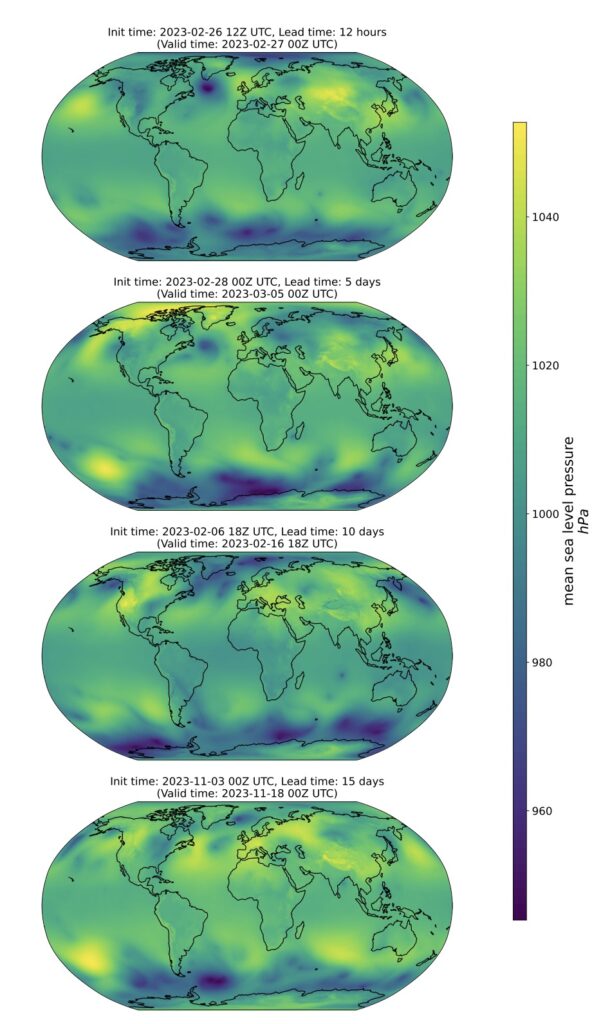Unleashing Faster, Smarter Predictions to Tackle Climate Uncertainty in a Changing World
- Unmatched Efficiency and Accuracy: WeatherNext 2 delivers global forecasts 8x faster with 1-hour resolution, outperforming its predecessor on 99.9% of weather variables like temperature, wind, and humidity for up to 15 days ahead.
- Probabilistic Power for Real-World Decisions: By generating hundreds of scenarios in under a minute, the model enables better planning for extreme events, from cyclone tracks to supply chain disruptions, using innovative AI that captures interconnected weather patterns.
- From Lab to Everyday Use: Now integrated into Google tools like Search, Maps, and Vertex AI, WeatherNext 2 bridges cutting-edge research with practical applications, empowering users worldwide while advancing open data for scientific discovery.
In an era where weather shapes everything from our morning commute to global economies, the need for reliable forecasts has never been more critical. Enter WeatherNext 2, the latest innovation from Google DeepMind and Google Research, unveiled on November 17, 2025. This advanced AI model isn’t just an upgrade—it’s a game-changer, promising more efficient, accurate, and high-resolution predictions that could redefine how we prepare for the elements. Building on years of AI advancements in meteorology, WeatherNext 2 addresses the chaos of weather’s unpredictability, offering tools that go beyond traditional methods to provide a fuller picture of possible outcomes.
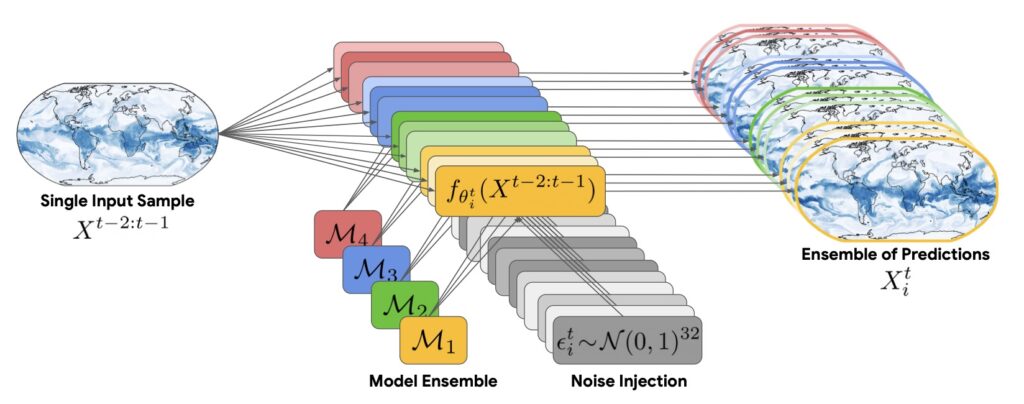
At its core, WeatherNext 2 leverages artificial intelligence to outpace conventional numerical weather prediction (NWP) systems, which rely on physics-based simulations that can take hours on supercomputers. Instead, this model generates forecasts up to 8 times faster, with resolutions down to the hour, making it ideal for time-sensitive decisions. Imagine airlines rerouting flights based on precise wind patterns or farmers adjusting irrigation amid fluctuating humidity—WeatherNext 2 makes such scenarios feasible by predicting hundreds of possible weather outcomes from a single starting point. Each forecast runs in less than a minute on a single Tensor Processing Unit (TPU), a stark contrast to the resource-intensive processes of yesteryear. This efficiency stems from its ability to handle probabilistic forecasting, capturing not just average conditions but the full spectrum of possibilities, including worst-case scenarios that are crucial for disaster preparedness.

What sets WeatherNext 2 apart is its groundbreaking architecture: the Functional Generative Network (FGN). This approach injects “noise” directly into the model’s structure, ensuring forecasts remain physically realistic and interconnected. Trained solely on marginals—individual weather elements like temperature at a specific spot or wind speed at a certain altitude—FGN surprisingly excels at forecasting “joints,” the complex systems where these elements interact. For instance, it can predict heatwaves across entire regions or power output from wind farms by understanding how variables like humidity and wind correlate spatially. As detailed in the accompanying research paper, FGN minimizes the continuous ranked probability score (CRPS) for per-location forecasts, outperforming previous state-of-the-art models like GenCast in both marginal accuracy and joint dependencies. This is particularly evident in its handling of extreme weather, where it provides skillful ensemble predictions for tropical cyclone tracks, intensities, and sizes—far surpassing traditional methods.
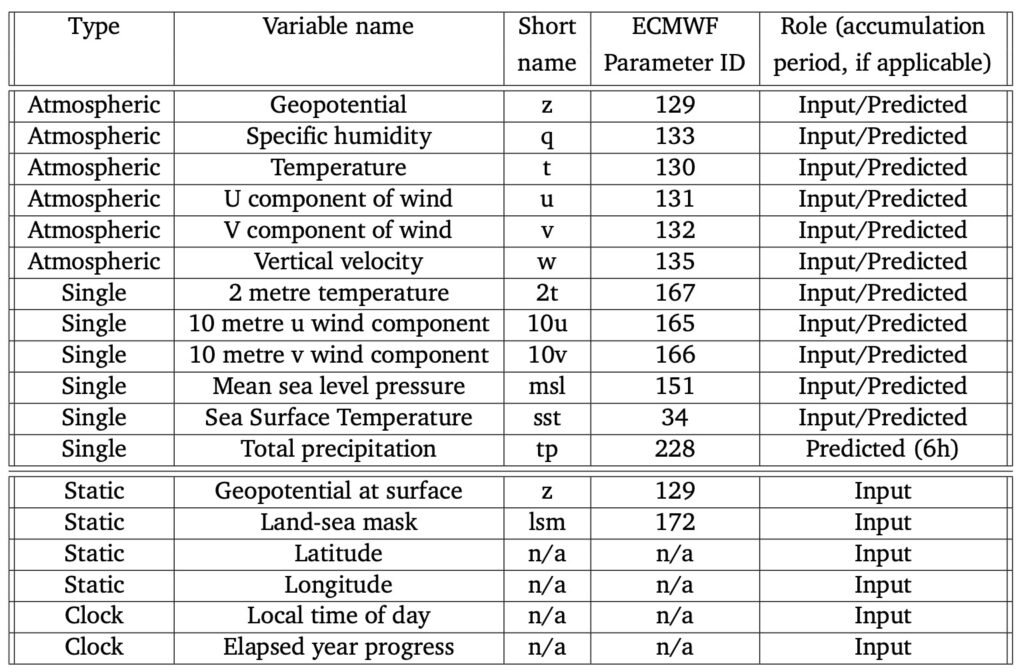
The model’s prowess extends to real-world applications, marking a shift from research labs to everyday tools. Google has integrated WeatherNext 2 into products like Search, Gemini, Pixel Weather, and the Google Maps Platform’s Weather API, with expansions to Google Maps on the horizon. For developers and researchers, forecast data is now accessible via Earth Engine and BigQuery, while an early access program on Google Cloud’s Vertex AI allows custom model inference. This openness fosters a global ecosystem, enabling weather agencies to simulate cyclone scenarios and make informed decisions. In experimental trials, WeatherNext 2 has already supported agencies by providing ranges of outcomes, highlighting its potential in high-stakes fields like aviation, agriculture, and emergency response.
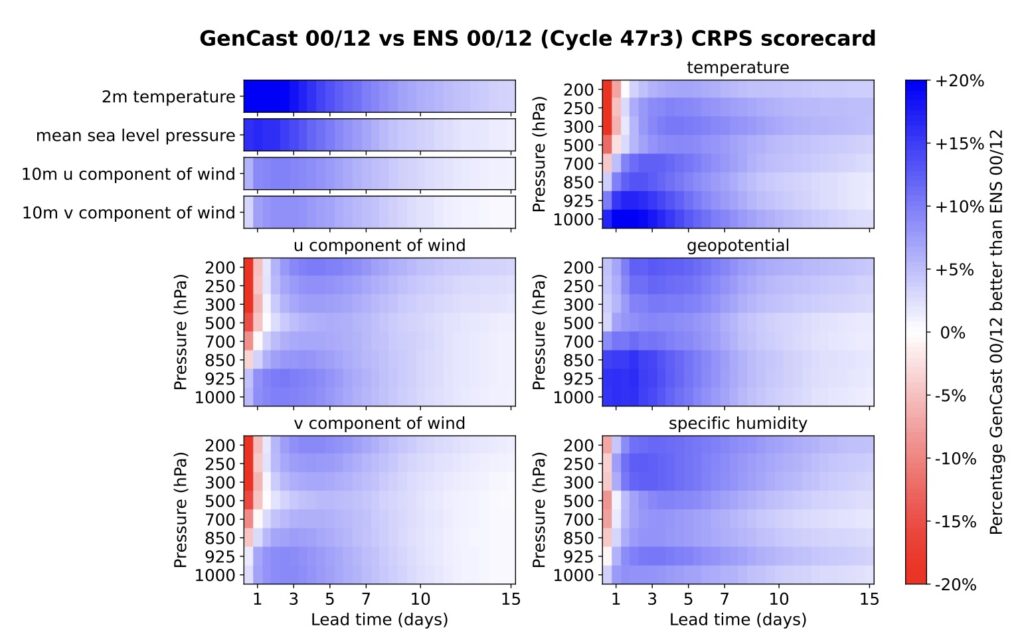
Diving deeper into the technical innovations, FGN represents a scalable evolution in machine learning-based weather models. It uses an ensemble of independently trained models to capture epistemic uncertainty (gaps in knowledge) while injecting functional variability for aleatoric uncertainty (inherent randomness). This setup allows for autoregressive training, optimizing predictions over longer lead times without the computational bloat of predecessors. The paper emphasizes how FGN captures joint spatial structures despite being trained only on marginals—a feat achieved through a low-dimensional noise input (just 32 dimensions) that constrains the output while encouraging the model to learn interdependencies. As the researchers note, this isn’t guaranteed by optimizing CRPS alone, but FGN’s architecture— with its shared computations across spatial dimensions—makes it the “easiest” path for the model to excel holistically.
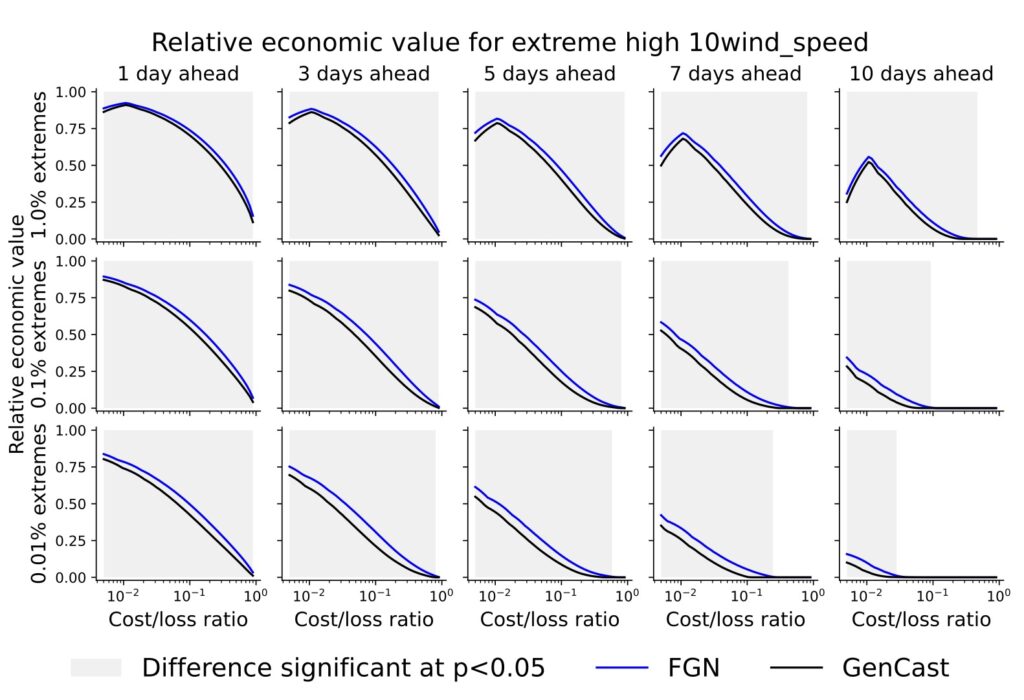
Yet, no innovation is without challenges. The research acknowledges minor weaknesses, such as subtle “honeycomb” artifacts in high-frequency variables like specific humidity at low pressure levels, which appear as faint patterns tied to the processor’s mesh structure. These are more spectral kinks than visible flaws, contributing negligibly to overall signals in smoother variables like geopotential height (z500). Additionally, some model seeds can lead to unstable forecast rollouts, necessitating careful validation— as seen when one seed was retrained to ensure reliability. Future work could address these by increasing noise dimensionality to reduce over-constraining, potentially eliminating artifacts while preserving strong joint forecasting.

WeatherNext 2 is more than a tool; it’s a catalyst for broader societal impact. By democratizing access through platforms like Google Earth, Earth Engine, AlphaEarth Foundations, and Earth AI, it invites researchers, businesses, and developers to tackle climate-related problems collaboratively. As AI continues to eclipse traditional forecasting in speed and accuracy, models like this could accelerate scientific discovery, enhance global supply chains, and bolster resilience against climate change. Google DeepMind’s commitment to advancing this technology—through new data integrations and expanded access—signals a future where weather uncertainty is less a gamble and more a manageable risk. For those eager to explore, the tropical cyclone forecasts are available on DeepMind’s WeatherLab website, offering a glimpse into the model’s real-time capabilities.

In a world increasingly defined by environmental volatility, WeatherNext 2 stands as a beacon of progress, blending AI’s ingenuity with meteorology’s precision to empower decisions that shape our daily lives and long-term futures.
